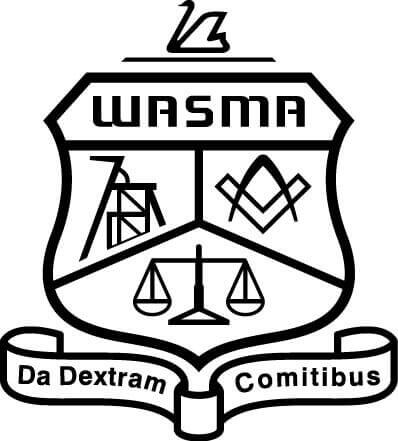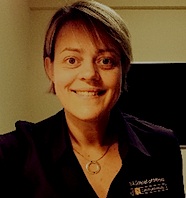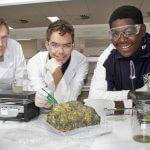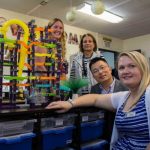By Dr Louisa O’Connor MAusIMM, Senior Lecturer, Western Australian School of Mines
Why is the discipline of geometallurgy so important?
Geometallurgy is an important addition to any mining operation. It has been shown to increase site stakeholder collaboration, creating an environment for knowledge sharing and improved data acquisition and interrogation, with the end result being the integration of such data into mine planning and scheduling. All of these aspects create better business optimisation, better utilisation of staff and better targeted key performance indicators.
What role does geometallurgy play in a modern mining operation?
‘Classical geometallurgy’ is the collaboration between geology and metallurgy, with one discipline supplying the other with information and vice versa for a better understanding of the deposit and ore character. Geometallurgy now includes all site stakeholders throughout the entire mining value chain. Understanding the data from grassroots onwards can be integrated into construction (infrastructure), business, financial and human resource forecasting, allowing the optimisation of every stage along the value chain.
How does a geometallurgy program benefit an organisation?
If there is an opportunity to employ a geometallurgist or generate geometallurgical data, you are on the right track to understanding your ore character, the processing efficiency of those ores and the knock-on effects downstream. While geometallurgy does include statistics and modelling, it also helps to highlight patterns within data for useful information. A systematic and stepwise approach to running a geometallurgical program is essential. In many cases, companies have vast amounts of data that few have seen or no one has utilised, normally because they are not sure how or what to do. Most often, geometallurgy programs require funding to generate the kind of reliable, statistically representative and quality data for high-confidence processes and business improvement projects. GeoMet 2016 will provide insight into how to undertake this and deal with the challenges.
What are some of the future opportunities presented by geometallurgy?
As highlighted in the AusIMM’s 2015 conference Tailings and Mine Waste Management for the 21st Century, an emerging area for geometallurgy on a serious level is the modelling of some of our most obvious and dormant resources – tailings dams. The success of using geometallurgy to model tailings facilities has been well noted. There is huge potential to apply geometallurgical theory and methodologies to better understand the location and character of a wealth of saleable metals and minerals. Characterising tailings dams will also introduce other operational stakeholders into the project, such as geophysicists and geochemists. As tailings are a near-future resource for many mining operations, the area should be investigated, funded and researched now. Mineral processing technologies and deficiencies have changed so much since many of the tailings dams were constructed that there is significant potential for mineable reserves.
Tailings are not the only interesting and obvious fit for geometallurgical practice. There is also a continuing interest in the use of geometallurgy to better understand materials and waste products so as to manage potential hazards with acid rock drainage. The University of Tasmania will present the latest research on this subject and run a very worthwhile workshop at GeoMet 2016. Opportunities to deliver positive results to operations will also be presented at the conference.
What benefits does geometallurgy offer in the current difficult operating environment?
Geometallurgy doesn’t have to cost an operation anything. In the current mining economy, there is little to no surplus to fund ‘optional’ projects, but geometallurgy should not be an optional practice. Most sites have a myriad of information and data, which, given some experience and training, can be utilised and interpreted, making geometallurgy a standard day-to-day way of thinking and working. Adopting geometallurgical methods and practice has a number of benefits. Geometallurgy influences the optimisation of plant processes by providing a better understanding of ores, thus increasing recovery potential and enabling better scheduling, streamlining people and their roles, enabling targeted financial spending and allowing operations to be selective and strategic with new projects. Several presentations at GeoMet 2016 will highlight the results of well implemented programs, indicating where significant improvements have been achieved, whether that be in the classical geometallurgy area or within the business value chain.
What can we learn from geometallurgy case studies?
Whether you are starting a geometallurgical program or have been carrying out a program for some time, case studies are always an excellent way to educate, reassure or challenge yourself. Most case studies will highlight the significance of a geometallurgy practice and how it helped improve a business’s bottom line. The conference environment provides an excellent opportunity for people to discuss scenarios from the presentations during the breaks and social functions.

The history of the Western Australian School of Mines Alumni (WASMA) reflects the ups and downs of the Western Australian School of Mines (WASM) and the role it has played in supporting graduates in a range of activities and events. It also describes the important role that graduates have played in ensuring WASM remains in Kalgoorlie. Learn more.





